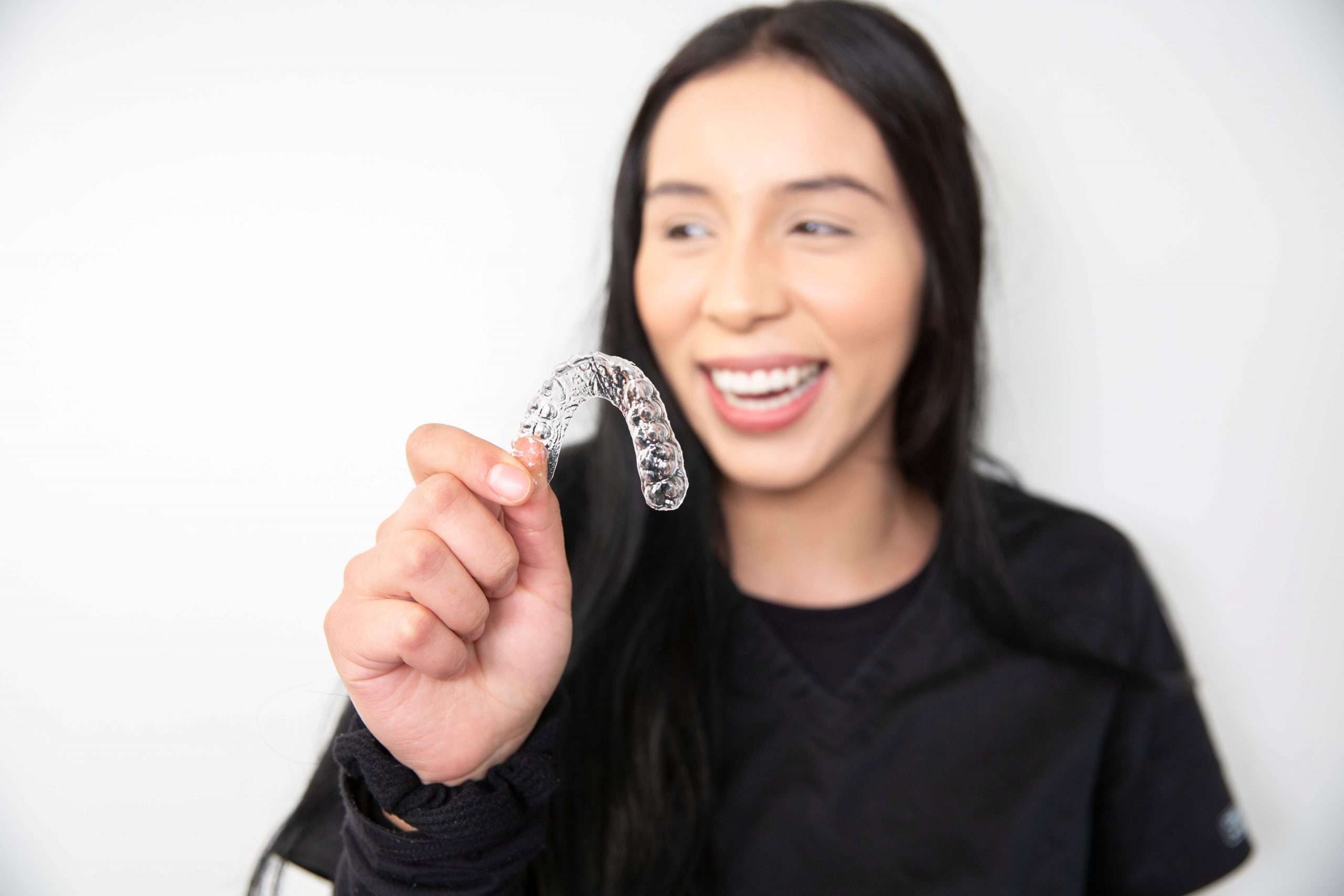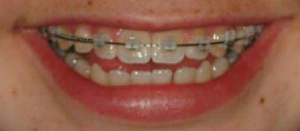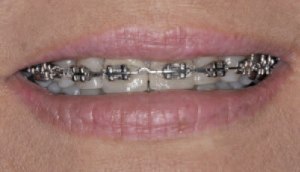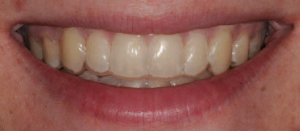
Invisalign And Clear Aligner Orthodontics
Orthodontic treatment manages the growth and correction of dental and facial structures. Orthodontics is commonly used in the treatment of bite problems, including abnormal tooth wear, TMJ problems and smile esthetics. Treatment is aimed at changing the position of the teeth.

Clear Brackets

Metal Brackets

Clear Aligner Trays
Why is tooth position important?
If there is a problem in the way the upper and lower teeth fit together in biting or chewing, teeth may wear and fracture, and jaw joints and muscles may become painful. Over time, this may result in crooked, crowded, or protruding teeth. It may affect a person’s appearance, speech, or ability to eat.
What causes tooth position problems?
Tooth position problems may be inherited or acquired. Inherited conditions may include missing or extra teeth, abnormal spaces or crowding of teeth, mouth and jaw size and shape, and atypical formations of the jaws and face, including cleft palate. These conditions may be acquired through airway development issues, tongue positioning, enlarged tonsils, and adenoids that lead to mouth breathing, clenching, grinding, habits like finger or thumb sucking, premature loss of teeth from an accident or dental disease, and medical conditions.
What are the consequences of improper tooth positions?
Although the consequences range from symptom-free to painful, increased stress on the oral structures can have far-reaching results. Tooth decay or abnormal signs of wear on chewing surfaces may occur in areas of tight overlap. Excessive wear and fracture of teeth, as well as jaw joint, muscular and nerve problems may occur to the extent that appearance, speech, or ability to eat may be affected.
How is this diagnosed or detected?
When orthodontic problems are suspected, diagnostic records may be taken for further study. These records include photos, special x-rays, and impressions or digital scans. The records are analyzed to determine the extent of malocclusion and the appropriate treatment. Braces are metal or ceramic brackets bonded to the teeth. A wire is then used to place pressure on the teeth causing them to move to the desired location.
What are treatment options?
Traditional orthodontic treatment, commonly known as braces, is often used to correct tooth position problems.
Orthodontics can also be completed using a series of clear trays, each one putting progressive pressure on the teeth to move them into position. Common brand names of this type of treatment include Invisalign and ClearCorrect.
There are also combination therapies using braces, clear aligner trays, and even surgery.
How long does treatment usually last?
Depending on the cause and severity of the malocclusion and the appliances used in treatment, a patient may expect a correction of the condition to last 18-30 months. The length of treatment time is also affected by how well the patient follows orthodontic instructions.
Patient Feedback
EXCELLENTTrustindex verifies that the original source of the review is Google. Great staff and care at Bend Dental Wellness!Trustindex verifies that the original source of the review is Google. We have been going here for 5 years. We really enjoy how kind all of the staff are. Up to date modern tools.Trustindex verifies that the original source of the review is Google. I had an emergency and they found a way to get me in to be seen the same day. The staff and Dr Quigley were helpful and professional. I’ve been going to Bend Dental Wellness for four years and it has always been professional and friendly.Trustindex verifies that the original source of the review is Google. Dr. Blake Q and his staff are very friendly and competent. I did choose this practice because of his 'better' practices with dental care. And I've been very satisfied with my dental care for the past 3+years and will continue. Had a cleaning today with Mara and she was very gentle and thorough.Trustindex verifies that the original source of the review is Google. The service was excellent, both my teeth cleaning and discussion of possible future needs.
Request An Appointment
Need help? Contact us!





